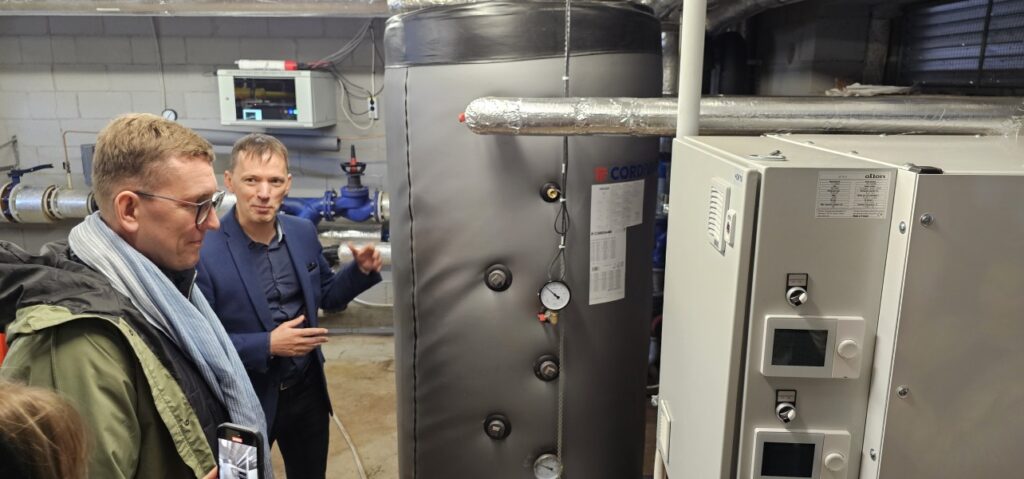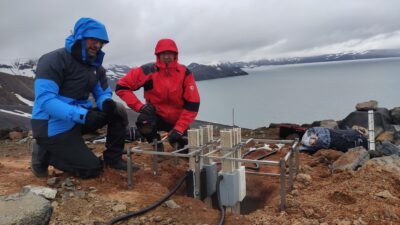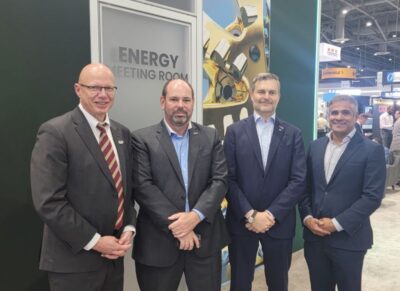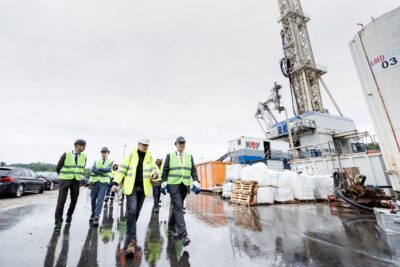First semi-deep geothermal pilot in Estonia starts operations
Operations has started for the first semi-deep geothermal pilot project in Tallinn, Estonia, as part of the wider GEOENEST project by the EGT.
The first semi-deep geothermal pilot project developed by the Geological Survey of Estonia (EGT) has officially started operations in the Tiskre sub-district in Tallinn, Estonia. In the first few weeks, the pilot has successfully supplied heat to a large apartment building while offering valuable insights into its performance and environmental impact through ongoing research and monitoring by the EGT.
The update on the pilot project was shared by Aivar Auväärt, Head of the Subsurface Energy Department of the EGT.
The pilot project is part of the GEOENEST initiative by the Ministry of Economic Affairs and Communications and implemented by the EGT. The goal of GEOENEST is to assess the potential of geothermal energy as a source for district heating solutions through several pilot solutions, each significantly different from the others. The first pilot in Taludevahe 116 utilizes heat from a 500-meter-deep borehole using a double-U pipe as a heat exchanger for a single residential building covering an area of 4360 square meters.
The initiative aligns with Estonia’s efforts to combat climate change and provide efficient heat energy solutions by potentially reducing CO2 emissions by an additional 300 tonnes annually. As a show of support and collaboration, the project was visited by Minister Kristen Michal of the Ministry of Climate of Estonia, as well as other guests from companies and surrounding municipalities.
The promising findings from the pilot project so far is a positive sign that geothermal energy could become a viable part of Estonia’s transition towards cleaner, more sustainable energy sources. By validating the effectiveness and safety of geothermal heat production, EGT plays a crucial role in guiding the future developments in this field.
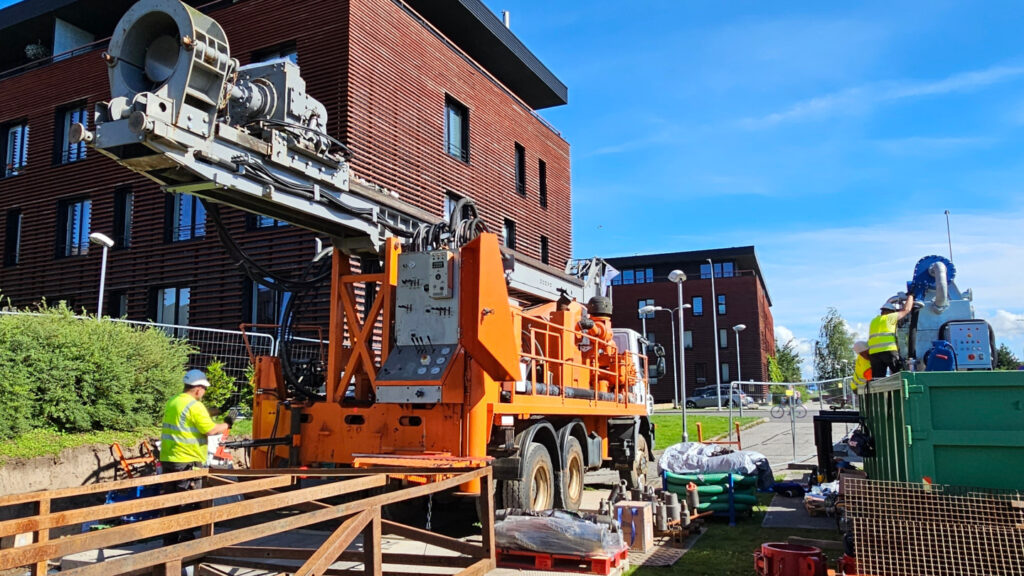
A second pilot project under the GEOENEST initiative involves the drilling of five 500-meter-deep boreholes for a small settlement in Roosna-Alliku, providing energy to the district heating network. If successful, a 400-kW heat pump solution will replace the oil-fired boiler and meet all the heating demands. Drilling has faced challenges due to difficult geological conditions, and the pilot is expected to be commissioned in autumn this year.
The third pilot project is even more ambitious, integrating a fifth-generation district heating and cooling solution with Estonia’s deepest geothermal heat borehole, equipped with a coaxial heat exchanger. The borehole is expected to reach a depth of 700 meters. This demonstration project could significantly contribute to Estonia’s energy landscape, showcasing the potential of utilizing low-enthalpy geothermal energy for ambient temperature district heating solutions. This pilot will provide heating and cooling by the end of September this year.
Another important project announced just a few months back, named AVATAR, aims to harness geothermal energy from quaternary sediments. As part of this pilot project, one pilot installation is planned for southern Estonia, complementing the mapping and utilization of geothermal resources across the country.
Source: Aivar Auväärt via LinkedIn
